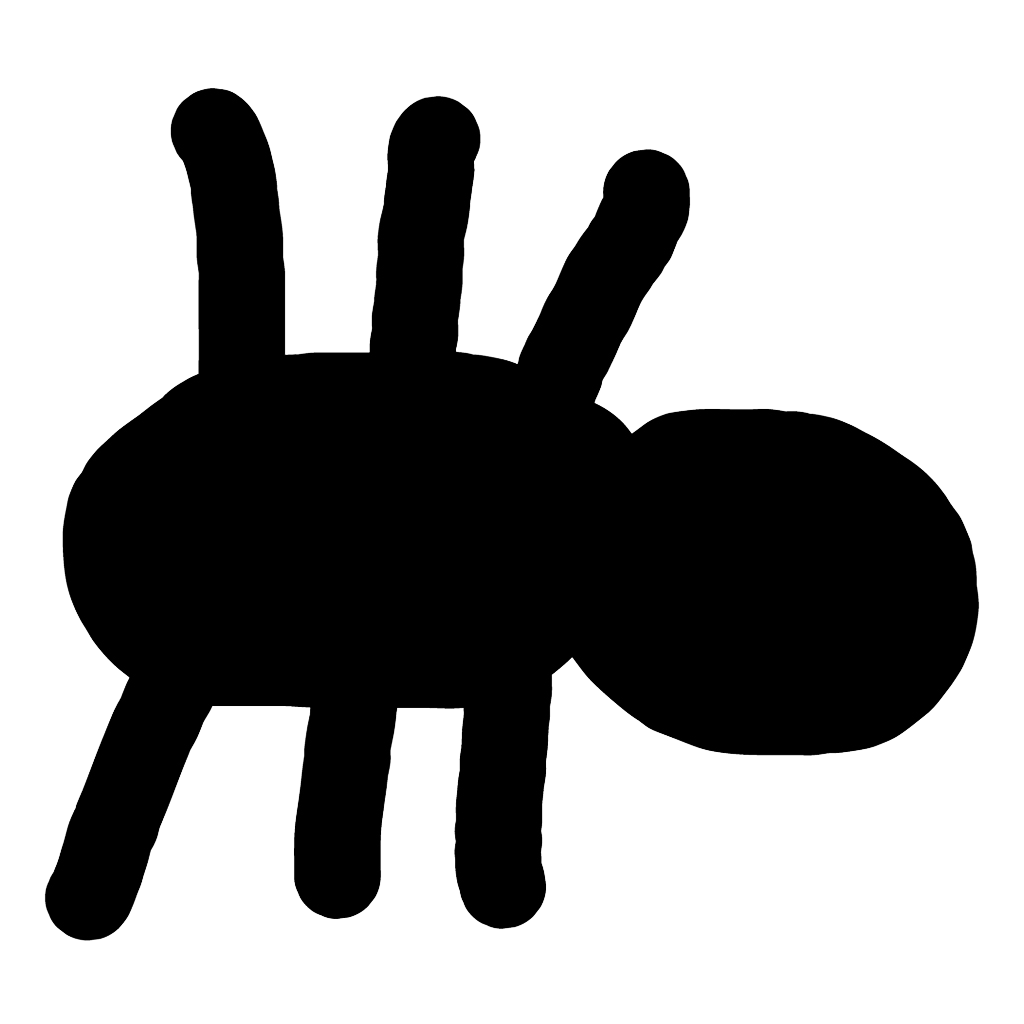It’s 1993, and 19-year-old Aaron Curry is trapped on an overpass towering above a crime-ridden Hayes Valley, long before the Central Freeway came down and it became the uber-chic hamlet it is today. Curry, better known as Bay Area graffiti writer ORFN, had been spotted mid-tag on the two-story-high roadway, and cops are approaching him in both directions.
He thinks fast, and jumps — not to his death, but to a nearby wooden telephone pole. He grabs hold with his jacket-clad arms and bare hands, and wobbles down to safety.
“The next morning, he comes to my parents’ house and he has a splinter going into the web of his hand that was as long as my finger,” says graffiti writer AMAZE, recalling the story from artist Alicia McCarthy’s Oakland studio.
“We pulled it out, and he was so happy. He was like, ‘Yeah ... I jumped off the freeway, they probably thought I was dead but I got away ... I hid all my paint, I took all my clothes off and got underneath this car.’ He was just always so many steps ahead,’” says AMAZE.
McCarthy says she was taken by his tenacity and raw, creative energy.
“He worked 24-seven, consistently, for 25 years — I mean on the street, and in his room,” she says. “There was no separation of person and creativity. It was really all the same. He had his own vocabulary of looking in the world and being in the world.”
After a quarter-century of making his mark around San Francisco, Aaron Curry died on Dec. 6, 2016. Not in some death-defying police pursuit, but in a hospice bed in the Castro, of melanoma that spread to his stomach, back, spine, liver, heart, lungs, and brain in a matter of months. He was 42.
He was one of the most prolific graffiti writers in Bay Area history, and for decades, you couldn’t walk a few blocks without seeing one of ORFN’s innocent, baby-faced characters sporting a smile next to one of his meticulously dated tags.
But he was also a private and particular person who, while kind and well-respected, only let a handful of people into the inner sanctum of his personality.
Regardless, many of San Francisco’s most lauded painters and curators from the past two decades cite him as a key figure in the Bay Area art scene, some even comparing him to Basquiat.
Using a can of black spray paint, he had the ability to provide the viewer a crystal-clear window into the dark and humorous inner workings of his mind. When he worked in color, he’d employ straightforward patterns and tone combinations that could make sleeping faces of a sad children leap into the world from the side of a white box truck. Laced with cobwebs and spooky imagery, ORFN’s work was somehow different than anything else on the street.




